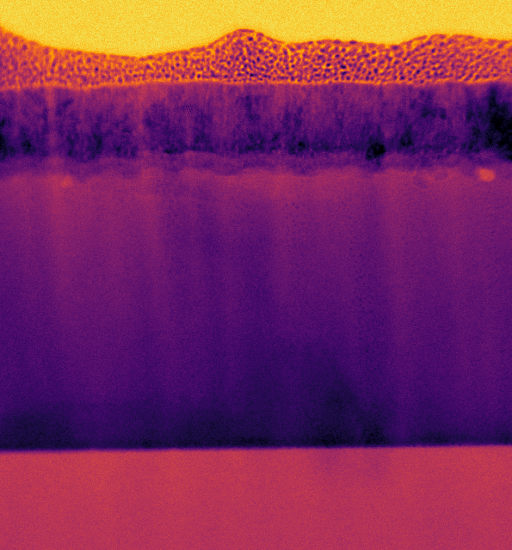Paper on Anion Diffusion Published in Advanced Materials Interfaces
Our team’s paper, led by Tiffany Kaspar, has just been published in Advanced Materials Interfaces! Here we explore defect pathways for oxygen diffusion in Fe2O3 using a set of rich, multimodal characterization tools and novel isotopic labeling. The results inform our understanding of oxygen transport in an important class of oxides and lay the groundwork for mapping of fast diffusion pathways in other systems.
From the abstract:
Self-diffusion is a fundamental physical process that, in solid materials, is intimately correlated with both microstructure and functional properties. Local transport behavior is critical to the performance of functional ionic materials for energy generation and storage, and drives fundamental oxidation, corrosion, and segregation phenomena in materials science, geosciences, and nuclear science. Here, an adaptable approach is presented to precisely characterize self-diffusion in solids by isotopically enriching component elements at specific locations within an epitaxial film stack, and measuring their redistribution at high spatial resolution in 3D with atom probe tomography. Nanoscale anion diffusivity is quantified in α-Fe2O3 thin films deposited by molecular beam epitaxy with a thin (10 nm) buried tracer layer highly enriched in 18O. The isotopic sensitivity of the atom probe allows precise measurement of the initial sharp layer interfaces and subsequent redistribution of 18O after annealing. Short-circuit anion diffusion through 1D and 2D structural defects in Fe2O3 are also directly visualized in 3D. This versatile approach to study precisely tailored thin film samples at high spatial and mass fidelity will facilitate a deeper understanding of atomic-scale diffusion phenomena.
To view the manuscript, visit: https://doi.org/10.1002/admi.202001768
To download the manuscript directly, click here.
